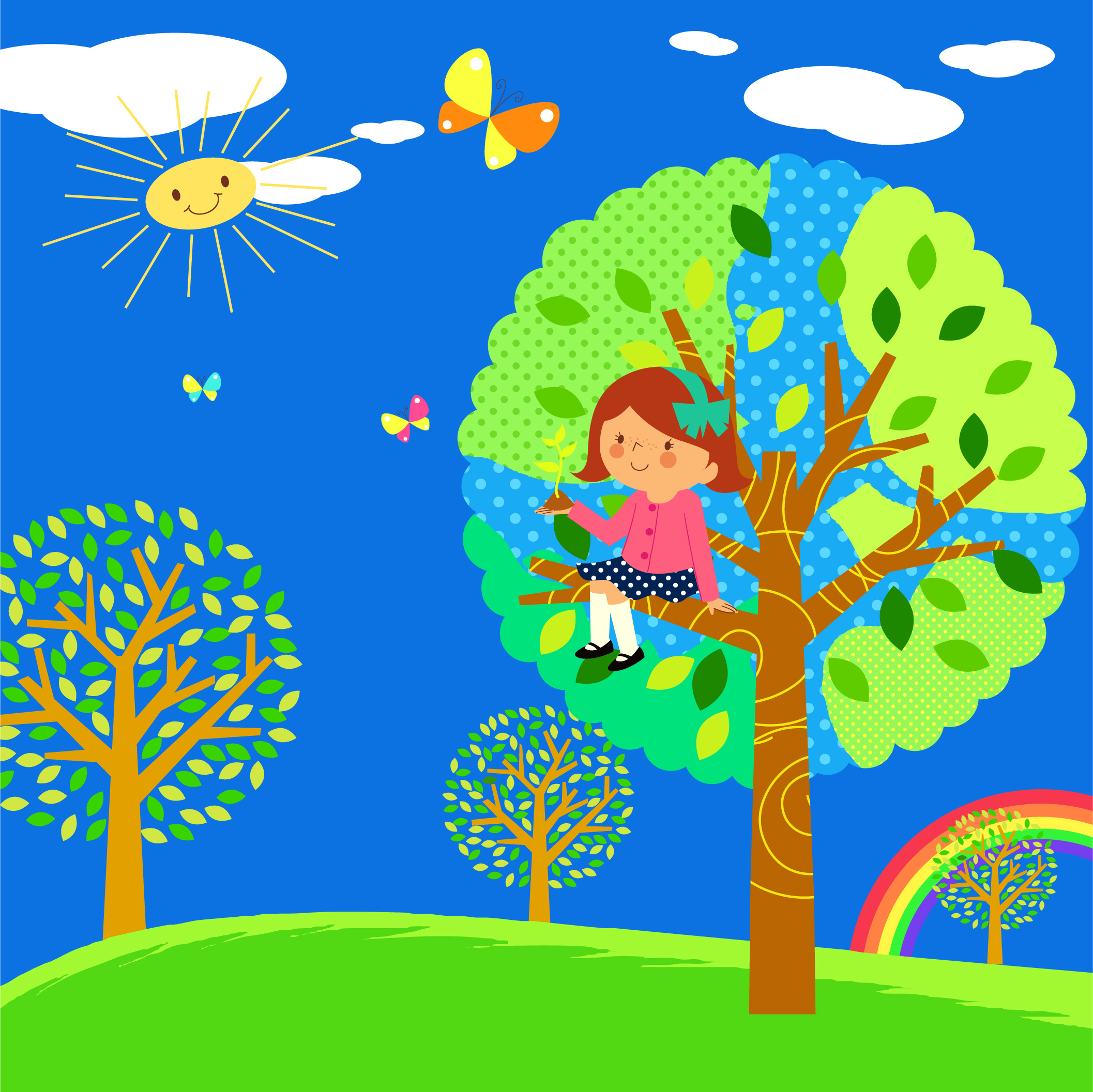North Dakota, The Peace Garden State

By Sandra Merville Hart
North Dakota is called the Peace Garden State for the International Peace Garden along its border with Manitoba, Canada. The beautiful lakes, groves, trees, and flowers are a celebration of the friendly relationship between the two countries.
The state gets its name from a local Native American tribe called Dakota. The area of North Dakota and South Dakota was known as the Dakota Territory before they became states.
Sacagawea
To explore lands recently bought in the Louisiana Purchase and to search for a way to the Pacific Ocean, Meriwether Lewis and William Clark led an expedition west in 1804. Their trip led them to North Dakota where they built Fort Mandan to stay for the winter.
Lewis and Clark met Sacagawea, the daughter of a Shoshone chief, and her husband. Since Sacagawea was able to speak English, she was invited along on the expedition as interpreter. Though she had to care for her newborn baby, Sacagawea was a big help to the expedition.
The early history of North Dakota
The Lakota, Teton, and Oglala Native Americans tribes called themselves Dakota, which means “league of friends.” They lived in the area later known as the Dakota Territory for hundreds of years along with thousands of buffalo that supplied their food. In the 1800s, pioneers moved into the area, they killed the plentiful buffalo living there.
Native Americans battled with the U.S. Army. Chief Sitting Bull, leading the Sioux, surrendered in 1881.
In the 1870s, the Northern Pacific Railway came to the Dakotas making it easier for new settlers to arrive.
North Dakota becomes a state
Two states enter the Union on November 2, 1889. President Benjamin Harrison shuffled the papers, hiding the state name so he didn’t know which state was signed in first. Since it comes first in the alphabet, North Dakota is the 39th state and South Dakota is the 40th.
Theodore Roosevelt National Park
 Theodore Roosevelt, our 26th president, hunted buffalo there in 1883. The place fascinated him with its jagged cliffs, rounded hills, and steep slopes.
Theodore Roosevelt, our 26th president, hunted buffalo there in 1883. The place fascinated him with its jagged cliffs, rounded hills, and steep slopes.
A wire fence surrounds the park to protect the wildlife—elk, bison, bighorn sheep, mule deer, white-tailed deer, pronghorn, coyotes, prairie dogs, and badgers.
You may also see wild horses on the east side of the South Unit.
Other fun facts about North Dakota
Head to Minot at the North Dakota State Fairgrounds in the fall for Norsk Hostfest, the biggest Scandinavian festival in North America.
The geographical center of North America is Rugby.
The world’s largest turkey barbecue is in Aneta.
Do you love horses? Consider going to The Taylor Horse Fest.
The state capital is Bismarck.
The state bird is the western meadowlark.
The state flower is wild prairie rose.
Sources
50 States Our America: Time for Kids, Time Inc. Books, 2017.
Balkan, Gabrielle. The 50 States, Wide Eyed Editions, 2015.
Cheney, Lynne. Our 50 States: A Family Adventure Across America, Simon & Schuster Books for Young Readers, 2006.
Davis, Kenneth C. Don’t Know Much About The 50 States, HarperCollins Publishers, 2001.
Fast Facts About the 50 States. Children’s Press, 2010.
Keenan, Sheila. Greetings from the 50 States, Scholastic Inc., 2008.
“Norsk Hostfest,” Norsk Hostfest, 2019/01/11, http://hostfest.com/about/.
“Sacagawea Biography,” A&E Television Networks, 2019/01/11
https://www.biography.com/people/sacagawea-9468731.




